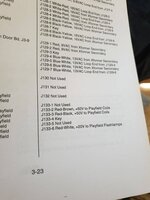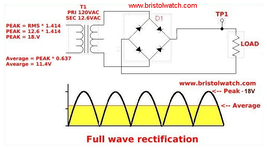Hi guys, I don’t seem to have any flashers working on my scared stiff pinball. The red globe flashers stopped working a few months back but today I have no flashers at all.
Checked all the fuses and all are good.
Where can I start to look for problems?
Thanks
STEVE
Checked all the fuses and all are good.
Where can I start to look for problems?
Thanks
STEVE



